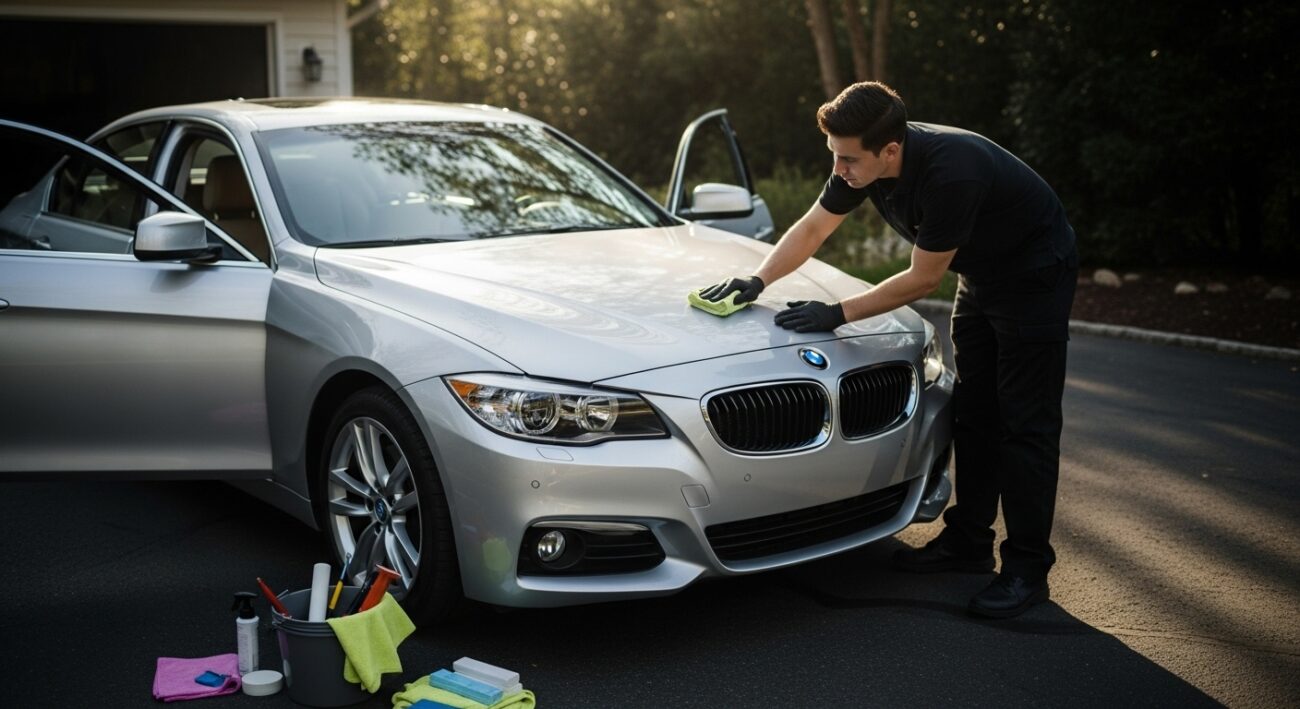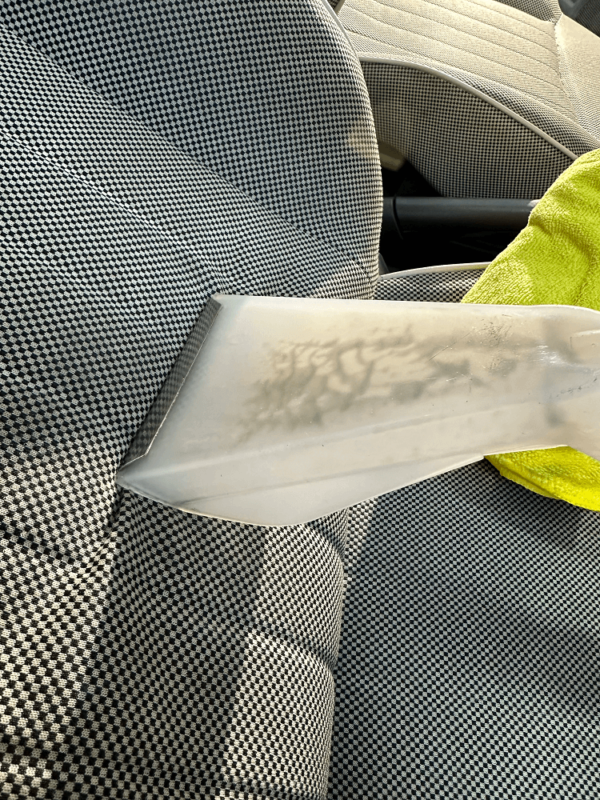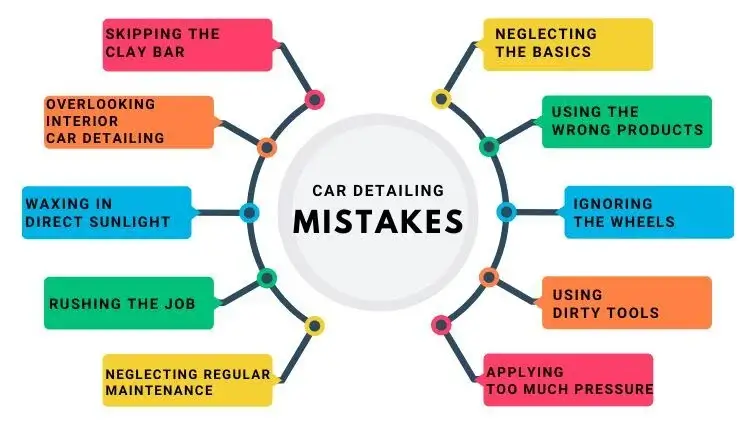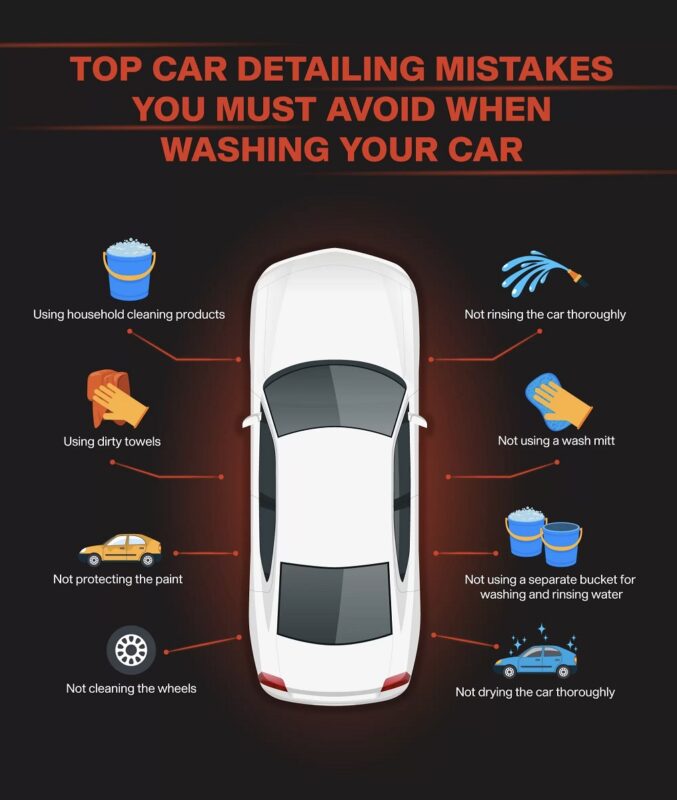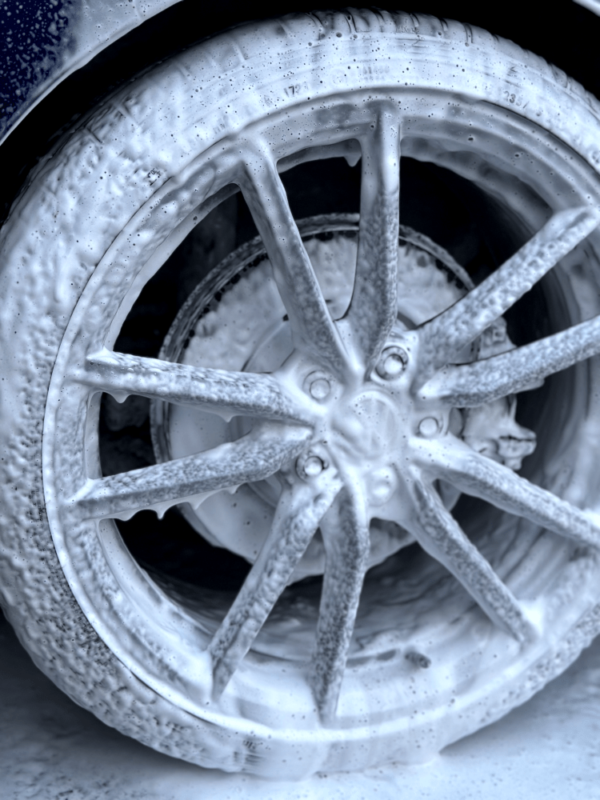Leather vs. Fabric Interiors: The Ultimate Cleaning and Care Guide
When it comes to car interiors, choosing between leather and fabric upholstery isn’t just about aesthetics—it’s a decision that impacts maintenance, comfort, and durability. As someone passionate about cars and meticulous about keeping them in top shape, understanding how to care for different types of interiors is crucial. In this comprehensive guide, I delve into the nuances of cleaning and caring for leather and fabric car interiors. Whether you’re a new car owner looking to preserve that “new car” feel or a seasoned enthusiast aiming to maintain your vehicle’s pristine condition, this article is your go-to resource.

Benefits of Leather vs. Fabric Upholstery
Choosing between leather and fabric upholstery is often a matter of personal preference and lifestyle. Leather interiors are known for their luxurious feel and durability. They’re easier to clean and less prone to stains compared to fabric. However, fabric upholstery tends to be more comfortable in extreme temperatures and may offer more variety in colours and textures to suit different tastes. Understanding these differences can help you make an informed decision that aligns with your needs.
Cleaning and Conditioning Leather Interiors
Maintaining leather upholstery requires a gentle touch and the right products. Start by vacuuming the seats to remove dirt and debris. Then, use a pH-neutral leather cleaner that won’t strip away natural oils. Gently scrub the surface with a soft-bristled brush and wipe clean with a microfiber cloth. Conditioning is essential to keep the leather supple and prevent cracking. Apply a leather conditioner using a clean cloth, working it into the seats in circular motions. This not only restores moisture but also enhances the leather’s natural sheen.
Caring for Fabric Upholstery
Fabric upholstery demands regular upkeep to stay fresh and vibrant. Begin by vacuuming the seats thoroughly to remove crumbs and dust. For stains, use a fabric-specific cleaner that won’t cause discolouration. Permanently blot stains rather than scrubbing them to avoid spreading them. Once clean, consider applying a fabric protector to create a barrier against future spills and stains. This proactive approach can significantly extend the lifespan of your fabric upholstery.
Best Products for Leather Upholstery
Choosing the right products for leather care can make all the difference. Look for reputable brands that offer pH-balanced cleaners and conditioners formulated specifically for automotive leather. Products like Autoglym Leather Cleaner and Gtechniq Leather Guard are highly recommended for their effectiveness in cleaning and protecting leather interiors without causing damage.
Protecting Leather and Fabric Seats
Preventative maintenance is critical to preserving your car’s upholstery. Invest in seat covers or regularly apply a leather or fabric protector to shield against UV rays and spills. Avoid leaving your vehicle in direct sunlight for prolonged periods to minimise colour fading and heat damage. These proactive measures allow you to keep your seats looking and feeling new for years.
DIY vs. Professional Detailing
Whether to tackle interior maintenance or hire a professional detailer depends on your time, expertise, and budget. While DIY methods can be cost-effective and convenient, professional services often provide a deeper clean and use specialised equipment and techniques. If you opt for professional detailing, ensure the service includes comprehensive interior cleaning and conditioning to maintain your car’s value and appearance.
Common Mistakes to Avoid
When cleaning car interiors, avoid using harsh chemicals or abrasive tools that can scratch or damage surfaces. Always test new products in a small, inconspicuous area before applying them broadly. Additionally, never neglect regular maintenance—small efforts like vacuuming and spot cleaning can prevent more significant issues down the road and prolong the life of your upholstery.
Frequency of Deep Cleaning
Aim to deep clean upholstery at least every six months to keep your car’s interior in top condition. However, adjust this frequency based on your usage habits and environmental factors. High-traffic vehicles or those exposed to pets may require more frequent cleaning to prevent odours and maintain hygiene standards.

Cost Comparison: DIY vs. Professional Services
DIY cleaning products and tools can be affordable, making them an attractive option for budget-conscious car owners. However, professional detailing services offer expertise and convenience, albeit at a higher cost. Consider your priorities—saving time or ensuring a showroom-quality finish—to determine the best approach for your needs and budget.
Expert Advice on Car Interior Maintenance
For ongoing support and expert guidance on car interior care, visit reputable resources such as automotive forums, manufacturer recommendations, and professional detailing services. These sources can provide tailored advice based on your vehicle’s make and model, ensuring you receive accurate information and product recommendations for optimal maintenance.
Bullet Point Summary
- Regular maintenance: Vacuum and spot clean regularly to prevent buildup and maintain upholstery.
- Choose products wisely: Use pH-balanced cleaners and conditioners designed for automotive use.
- Protective measures: Apply fabric or leather protectors to safeguard against stains and UV damage.
- Professional vs. DIY: Consider cost and effectiveness when deciding between DIY cleaning and professional detailing services.
By following these guidelines and understanding the unique needs of leather and fabric upholstery, you can ensure your car’s interior remains comfortable, stylish, and well-maintained for years to come. Whether you drive a luxury sedan or a rugged SUV, investing in proper care pays off in the long run, preserving both the value and enjoyment of your vehicle.



